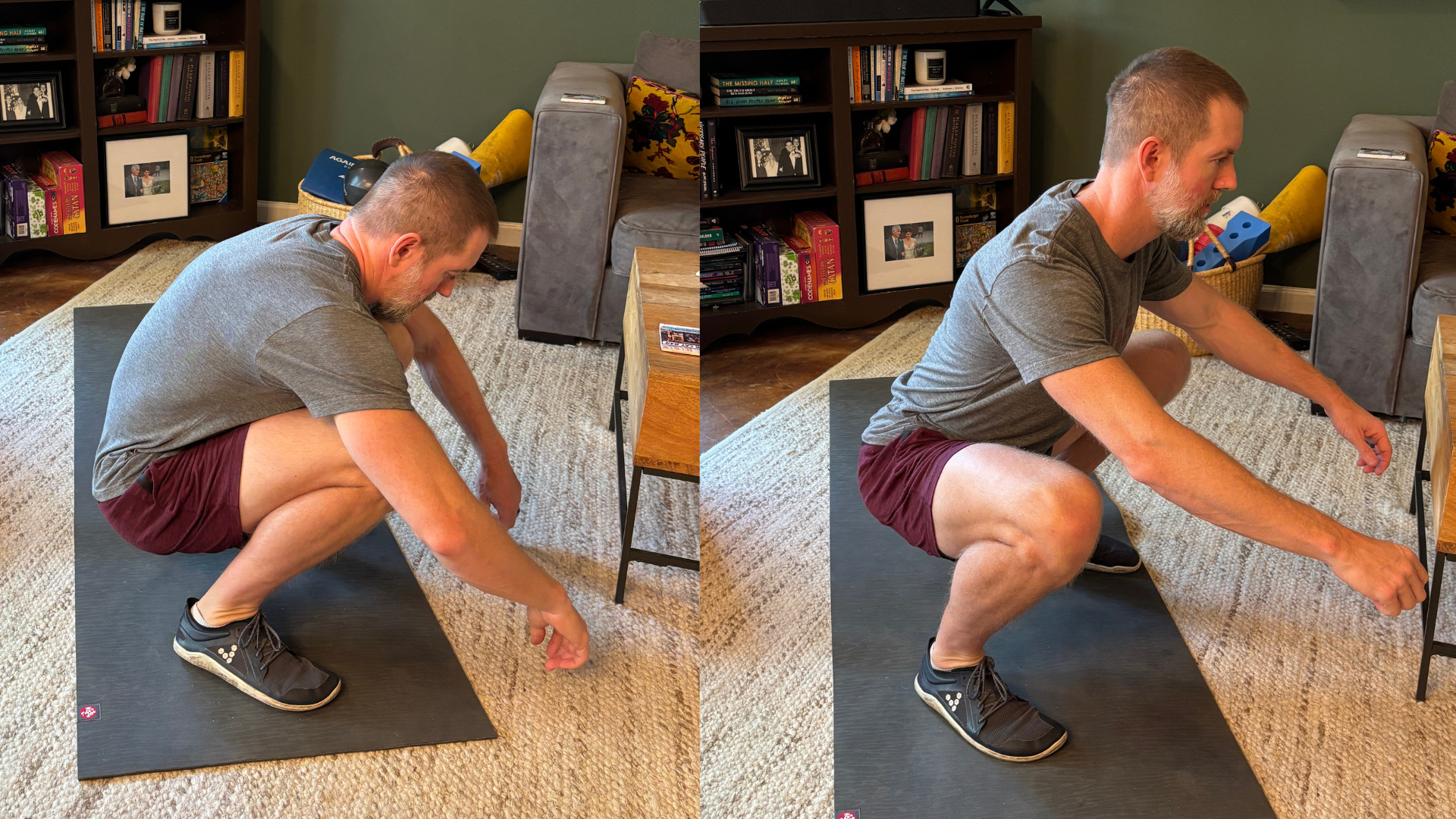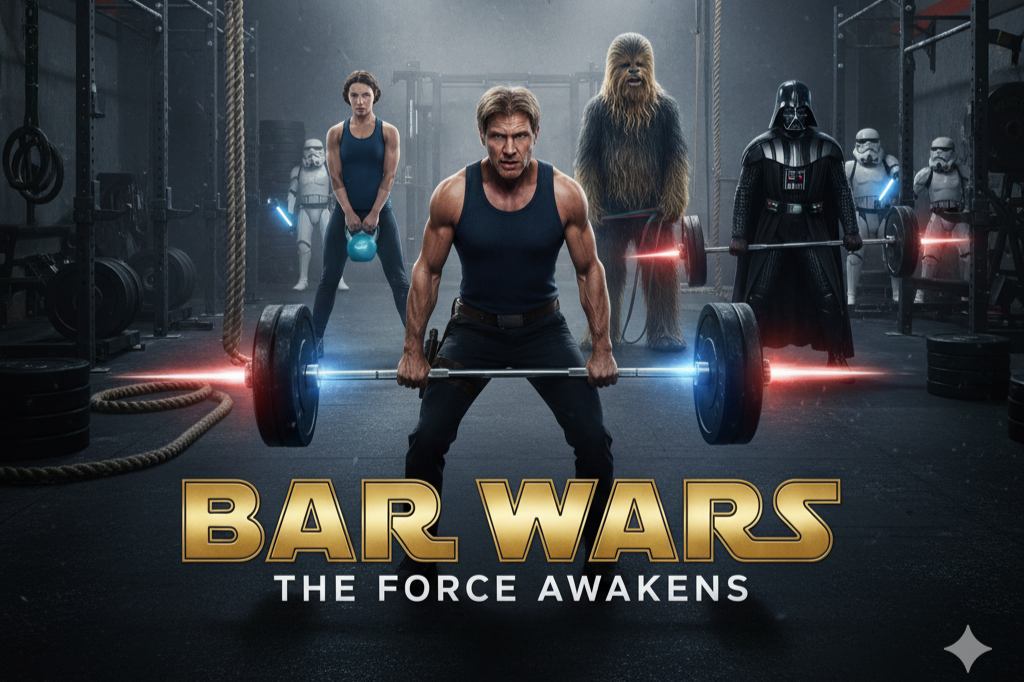Posture - The Backbone of Your Fitness
Written by Kyle Ligon - MovementLink Head Coach
We look better with good posture…but posture’s role as it relates to our fitness goals are not just in how we present ourselves to the world aesthetically, but posture is at the root of developing high quality technique making it a major player for improving and sustaining performance and tissue & joint health.
Have you ever noticed that there is rarely a professional athlete with bad posture? In this article, I am going to explore how building your understanding about posture may just hold the key to supercharging your fitness and building that core strength you’ve been striving for, all while resolving nagging pains and ensuring that your efforts transcend the gym into your everyday life.
Functional Movement Patterns are central to the MovementLink Method Framework and when we take a step back we notice that the foundations of good technique always include good posture. Although we are capable of moving with poor posture, there are specific positions from which our shoulders, hips, ankles, etc. are designed to optimally move and it’s no coincidence that these positions all stem from what we would consider good posture.
These high quality positions optimally recruit the right muscles at the right times during our movement; it’s how we have evolved to move. They not only provide the best performance and lowest chance of injury, but are also the most aesthetically pleasing. This preference towards good posture may have even evolved with us as it could help us identify and select fit and healthy mates. Why else would this subjective, but universal aesthetic preference for good posture also align exactly with body positions that have the best mechanical advantages?
Even without any formal education about quality squatting technique, we innately understand that the squatting image on the right would be more ideal vs the left. This is practically always the case, the more aesthetically pleasing movement not coincidentally matches the positions that also provide the best leverages and use our muscles and joints in ways that will provide us the most potential for performance, while simultaneously reducing the risk of injury. Posture truly holds the key to our technique development.
Prioritizing posture in the gym is the central cog for the results you’re after which is why it’s fundamental to MovementLink’s simple functional movement pattern framework: Posture, Squat, Push-up, and Jump & Land, having an outsized impact on all four Non-Negotiable Fitness Goals: Performance, Aesthetics & Body Composition, Tissue and Joint Health, and Overall Health and Wellness.
The Posture Doom Loop
When we have under- and over-developed muscles and/or tight and restricted joints and tissues, holding ourselves in a neutral position (good posture) takes more and more work, making it less and less likely that we do it — I’ll call this positive feedback loop of negative side effects of poor posture promoting additional negative side effects the posture doom loop. On the flip side, the more muscularly balanced and mobile we are and the more practice we have with good posture (developing technique in the gym), the easier it is to hold good posture with minimal effort.
One common example of this posture doom loop is the head forward, shoulders forward, slouched posture people tend to have when sitting at a desk or when we’re on our phones. This posture leads to tight tissues in the front of the neck, chest, and shoulders. These restricting tissues not only lead to reinforcing that hunched posture throughout the day, but tend to transfer into the gym too. When our technique inherits elements of this posture, we actually strengthen our abilities in that poor posture, over- and under-developing muscles, not only increasing our risk of injury and putting a ceiling on our performance, but making it even more likely that we will adopt those postures more often. This doom loop of poor posture begetting poor posture can only be broken with effort and intent…and although those who are unaware in the gym will reinforce bad positions, the gym is the ideal place to fix it for the enlightened.
But, we have to be aware of the gym’s biggest posture trap: prioritizing exercise scores all the time. When the extremely short-term motivation of getting the best workout score that day becomes the priority, we can lose sight of the substantial long-term gains that come from prioritizing posture during workouts. When you’re going for a personal record or when there’s a minute left in a workout and you want to finish strong, you have a choice in defining what “finishing strong” means for you. Unfortunately for most, because their score is going to be written on a whiteboard or put in a workout tracking app, “finishing strong” means completing the rep or figuring out how to squeeze out every rep possible regardless of posture and technique. As long as they get it done, they are happy. Conversely, for me, “finishing strong” means squeezing out every good-looking rep possible, even if it means I don’t get in as many reps. A common thing you’ll hear me yell as a coach at the end of workouts is, “It’s time to push, but only good looking reps matter!”
Your ability to push harder and harder with good technique never builds if you give up on technique when things get difficult. Your technique is only as good as it is when you are challenged at your thresholds. I like to use the analogy of a mixed martial arts fighter. Imagine they spend their whole training camp working on techniques, but as soon as the fight gets challenging, they just throw technique out the window and go as hard as they can flailing around…they would surely put forth a lot of effort, but would surely lose.
The good news is that when the priority in workouts shifts from scores towards a more balanced perspective on workouts, not only will this improve your posture, it is also the most effective way to move, and therefore maximizes performance potential and will additionally, naturally balance the development of our muscles and joints. This is why MovementLink has adopted working out F.I.I.T. (For Intent, Intensity, & Technique) in the majority of our workouts. The emphasis on technique (with posture as the core) continually raises our ceiling and pushes our fitness forward with both the short- and long-term in mind.
All of this leads to why good posture is an unwritten prerequisite for professional athletes. It’s a clear case of survivorship bias – Those who lack solid posture simply can't reach the highest levels, often sidelined by persistent injuries or hampered by inefficient technique. The only survivors of the years long journey to being a professional are those who inherently possessed or meticulously developed the foundational posture necessary to endure and excel. Ultimately, quality posture isn't merely beneficial to professional athletes; it's a non-negotiable prerequisite.
For everyday people like myself, functional movement patterns not only serve as the foundation for a high quality cross-training program, but as posture rehabilitation and development. Because proper technique in the gym always requires good posture, the more you work on your technique, the stronger you become and more ingrained quality posture is to your daily life.













